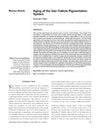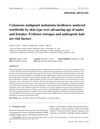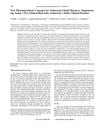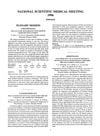Worldwide Cancer Incidences Analyzed by Sex, Age, and Skin Type Over Time (1955-2007), Excluding Skin Cancer, Reveals Important Carcinogenic Drivers
August 2017
in “
Journal of epidemiological research
”
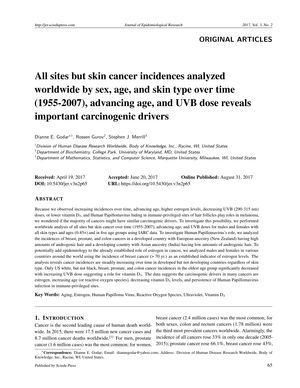
TLDR Cancer rates are increasing in developed countries, with estrogen, aging, low vitamin D3, and HPV infection as common causes.
The document analyzed worldwide cancer incidence data from 1955 to 2007, excluding skin cancer, to identify potential carcinogenic drivers. The study considered factors such as age, sex, skin type, UVB exposure, and estrogen levels. It found that cancer incidences are rising over time in developed countries across all skin types, but not in developing countries. In the United States, incidences of breast, prostate, and colon cancer in white individuals of the oldest age group decreased with higher UVB doses, indicating a potential protective role of vitamin D3. Additionally, the study suggested that high estrogen levels, advancing age, reduced vitamin D3 levels, and Human Papillomavirus (HPV) infections in hair follicles are contributing factors to cancer development. The analysis included data from countries with different levels of androgenic hair, such as New Zealand (European ancestry, high androgenic hair) and India (Asian ancestry, low androgenic hair), to assess HPV's role in cancer. The results imply that estrogen, aging (or reactive oxygen species), declining vitamin D3, and persistent HPV infection are common carcinogenic drivers in various cancers.
